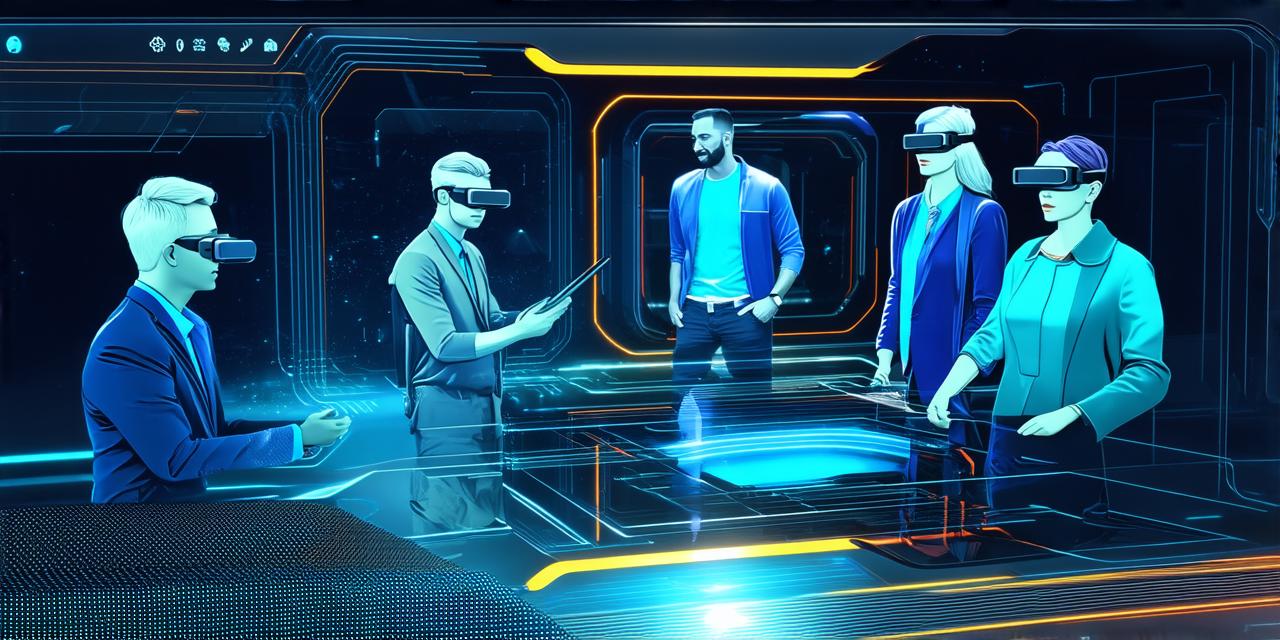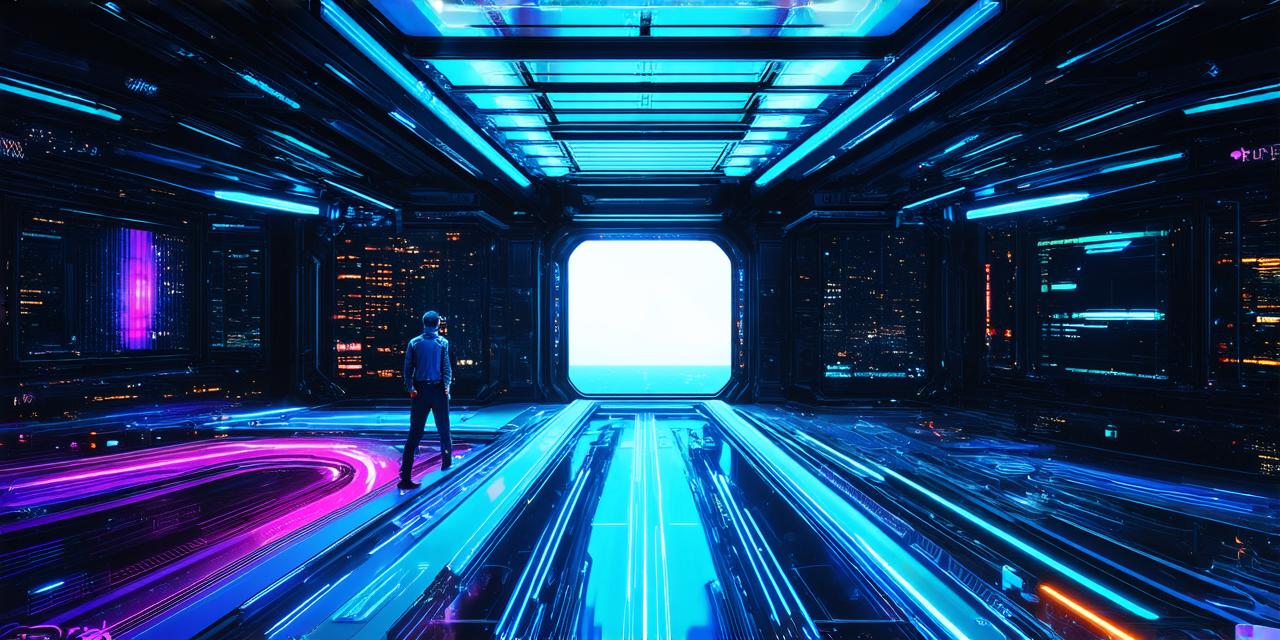Mixed reality (MR) is a technology that blends the virtual world with the real world, allowing users to interact with both in a seamless and immersive way. It combines elements of augmented reality (AR), which overlays digital information on top of the real world, and virtual reality (VR), which creates a fully immersive digital environment.
What is Mixed Reality?
Mixed reality is a technology that allows users to interact with both the real and virtual worlds simultaneously. It creates an immersive experience by overlaying digital information on top of the real world or creating a fully immersive digital environment. MR can be experienced through various devices, such as smartphones, tablets, computers, and specialized headsets.
How does Mixed Reality Work?
Mixed reality works by using sensors and cameras to track the user’s movements and position in the real world. This information is then used to create a digital overlay that is seamlessly integrated with the real world. The digital overlay can include 3D models, animations, and other interactive elements that respond to the user’s actions.
There are two main types of mixed reality:
- Semi-transparent: This type of MR allows users to see both the real and virtual worlds simultaneously. It is typically experienced through a smartphone or tablet with an AR app, which overlays digital information on top of the real world. Semi-transparent MR is ideal for applications such as education, training, and retail, where users need to interact with both the real and virtual worlds.
- Fully immersive: This type of MR creates a fully digital environment that completely immerses the user in the virtual world. It is typically experienced through a specialized headset or other wearable device that tracks the user’s movements and position in the real world. Fully immersive MR is ideal for applications such as gaming, entertainment, and therapy, where users need to be completely immersed in the virtual world.
Potential Applications of Mixed Reality
Mixed reality has a wide range of potential applications across various industries, including:
- Education: MR can be used to create interactive and engaging educational experiences that allow students to explore complex concepts in a more immersive way. For example, MR can be used to simulate historical events or scientific experiments.
- Training: MR can be used to train professionals in various fields, such as medicine, engineering, and aviation. It allows trainees to practice their skills in a safe and controlled environment, which can reduce the risk of errors and improve performance.
- Retail: MR can be used to create interactive product demonstrations and virtual showrooms that allow customers to experience products in a more immersive way. This can help increase customer engagement and improve the overall shopping experience.
- Gaming: MR can be used to create highly immersive gaming experiences that transport players into fully-realized digital worlds. It can also be used to create augmented reality games that allow players to interact with their environment in new and innovative ways.
- Therapy: MR can be used to treat a variety of conditions, such as PTSD, anxiety, and depression. It allows therapists to create customized virtual environments that are tailored to the patient’s needs and goals. This can help patients overcome their fears and improve their overall well-being.
Summary
Mixed reality is a powerful technology that has the potential to revolutionize the way we interact with the world around us. It allows users to experience both the real and virtual worlds in a seamless and immersive way, which can enhance learning, training, entertainment, and therapy. As MR continues to evolve, we can expect to see even more innovative applications across various industries.



